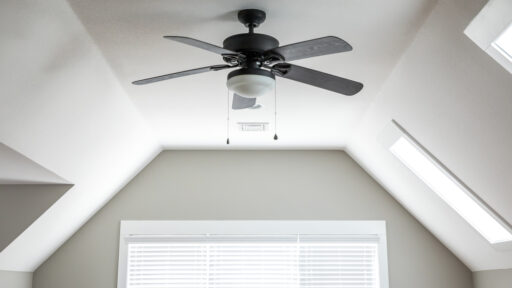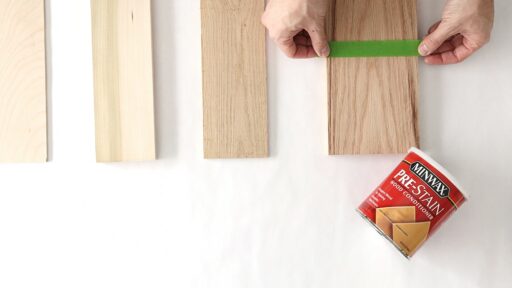Most homeowners ignore the basement until water seeps in and damages the storage boxes, carpeting, or walls. Basements are susceptible to water damage, thanks to easy access to groundwater, rain, and plumbing leaks. What starts as a mild problem quickly spirals into a severe mold infestation and structural damage, leaving you with a hefty repair bill.
You need to take the precautionary measures, starting with waterproofing, to shield your basement from moisture and yourself from a costly repair project. Proper waterproofing maintains your property’s structural integrity and reduces health risks. Many homeowners trust professional waterproofing services like Spartan Ram Jack Springfield for long-term results. From addressing water leak issues to remodeling your basement, they are popular for their tailored approach to safeguarding your home for years.
What To Do To Waterproof My Basement—the Dos and the Don’ts
If you are considering selling your property, you must ensure it is in top-notch condition to get the best deal. Basement flooding generally indicates structural issues, health risks, and costly repairs, which often deters a buyer’s interest or reduces the selling price by 10-25%. That’s why you should fix the underlying waterlogging problems to increase your property’s value and save yourself from health hazards.
On that note, let’s walk through the dos and don’ts of basement waterproofing to reduce maximum moisture.
DO Clean the Gutters and Downspouts
Clogged gutters and downspouts can cause water to pool around the foundation, causing leaks. Clean them at least once every six months so rainwater can flow smoothly. Consider adding a French drain to keep water away from the basement.
DO Inspect the Basement Regularly
Damp spots, mold or mildew growth, and discolored walls are the typical signs of waterlogging issues. Make sure to inspect the interior and exterior walls and floors for dampness, cracks, stains, or efflorescence. Inspect the ceiling for sagging areas and musty odors, and test the humidity levels with a hygrometer.
DO Install a Sump Pump System
A sump pump collects water from the basement and pumps it away to prevent water accumulation. Inspect the sump pump regularly to ensure it works effectively during heavy rains. Keep a battery backup for sudden power outages.
DO Proper Grading Around the Basement Walls
A graded yard creates a downward slope to guide the rainwater and surface water away from your house so it doesn’t seep into the foundation and create hydrostatic pressure against the foundation walls. With proper grading, you can stop water pooling, thus preventing basement flooding.
DO Use a Waterproof Paint
Invest in good-quality paint with sealant and apply two coatings in the interiors to cover the porous surface and prevent moisture penetration. However, consider combining paints with the exterior waterproofing methods for long-term protection.
DO Get Professional Help for Proper Waterproofing
While these preventive measures can help keep your basement safe and dry, professional assistance may become necessary to replace outdated systems, persistent damp patches, severe water damage, and mold growth. An experienced waterproofing contractor can assess the situation and recommend the best methods to prevent costly remodeling.
DON’T Wait Until the Last Minute
When there are signs of water seepage, don’t wait to fix the problem. Identify the source quickly and take preventive measures to avoid further damage.
DON’T Ignore Leaks, Cracks, or Water Stains
Ignoring leaks, cracks, or discolored walls, both in the interior and exterior of the basement, invites trouble. Water can easily seep through the broken pipes or cracks in the foundation, damage the floor and walls, and cause mold growth. So, seal the cracks, fix the dated or dysfunctional water drainage system, and apply waterproof paint.
DON’T Use DIY Sealants
DIY sealants are a temporary solution. You need to fix the bigger problem, which could be internal. In fact, most sealants contain chemical ingredients that can severely damage your property. Consider contacting a waterproofing contractor for the right solution for your home’s longevity.
Conclusion
Your basement is not just another space for storage—it’s the foundation that keeps your home safe and sturdy. Although basement waterproofing is laborious, you can avoid major problems by taking the necessary safety measures. So stay active and follow our suggestions to protect your basement long-term.








